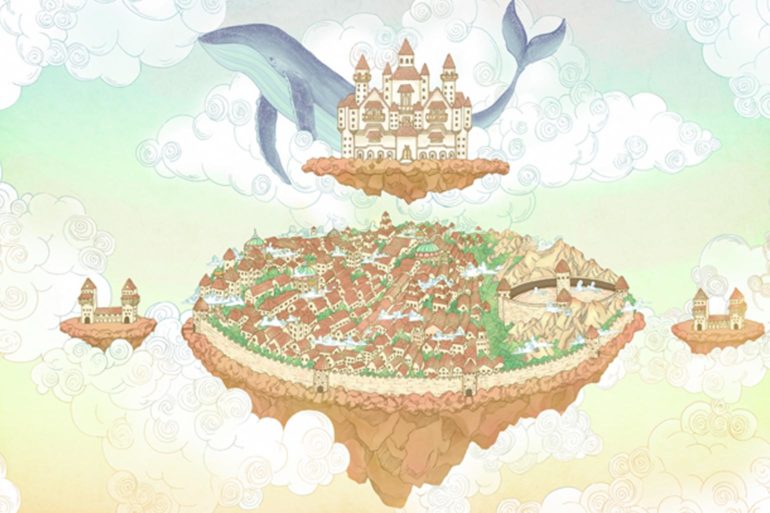A community for creative people to meet, collaborate and discover opportunities – Cupick, is a result of Shaishav Todi’s unending struggle with finding and buying art. In a series of posts about Digital Bazaars, we’re learning more about Cupick and how they are erasing the disconnect between artists and customers.

“From the artist’s point of view, selling their work meant having to set up a store and from a customer’s point of view it was about discovery,” Justin Alva, Co-founder at Cupick said. One of the biggest changes digital bazaars have brought to art buyers is the ability to purchase affordable art while having options to customise. “The cost of printing is becoming more affordable to move away from mass prints to producing prints on demand,” Justin explains, talking about the combination of traditional art prints and merchandise like notebooks, laptop skins and coasters.

With digital bazaars are on the rise, artists now have their pick of the lot to showcase their work and products. One of the most pivotal issues for an artist uploading work online is having it stolen or reused without credits. A feature on the Cupick website prevents right-click downloads and has auto-watermarking to safeguard the art. Justin says, talking about crediting artists wherever their work is used, “It’s in these small things that we’ve been able to do for the artist. We’ve often been appreciated for this.”
Apart from providing a space for products, Cupick also gathers visual artists into a community with options for them to ‘love’ artworks and ‘follow’ other artists. “We also plan on launching a means for communicating directly via comments and direct messages to expand the community,” Justin expressed, adding that the special jobs portal, currently in beta on the website has been quite successful in bringing artists together for creative projects.


The portal has not only served as a way to collaborate but also to connect artists with opportunities. “Last year we worked with Titan where 12 illustrators brought to life the love stories sent in by their customers in the form of illustrations,” Justin said. Some of the other opportunities via the portal have been spray-painted cars for Ola Cabs at Comic Con Bangalore, promotions for films like Masaan and Bombay Velvet and the recent 2016 Limited Edition Calendar in association with Wacom and Corel that was previously featured on Kyoorius.
Online bazaars not only take care of printing, packaging and shipping but also ensure that artists have a say in the amount they earn. Cupick allows the artists to mark up the base price while having a choice in selecting the products to sell on, along with a cap on some of the consumables to ensure that they are fairly priced.

However, traditional art connoisseurs still prefer to engage with art in person before they make a purchase. For platforms like Cupick, this poses as a constant challenge but also becomes a way to continue engagement outside the website.
Along with co-curating ‘Emerge Music and Arts Festival’, they also hosted the first Bangalore edition of The Sketchup run by Madhuvanthi Mohan furthering their engagement with art lovers. “We’ve also started setting up at flea markets. It helps people see and feel art since buying it is also an experience,” Justin said, adding that interactions with customers translate into improving the user experience on the website.


While Cupick currently only ships internationally on request, their website is host to artists from around the world. Justin said, “About 20% of the artists on Cupick are from outside of India,” ensuring that they provide a wide mix of styles, colours and perspectives.
Soon Cupick plans on expanding to products like phone cases, ceramics and decals to make the functional aesthetic. “After all art just makes everything better,” Justin believes.


To discover art on Cupick or learn more about the community, follow their Facebook, Instagram and Twitter pages.
Online bazaars are fringing an entirely new approach to the business of monetising art, making it easier for illustrators, graphic designers, typographers and artists of all kinds to quit 9 to 9 jobs to set up their own workspace. Stay tuned to the series to find out more on other such platforms.

